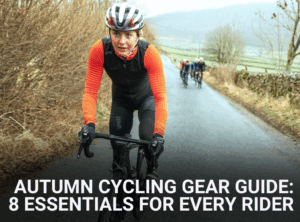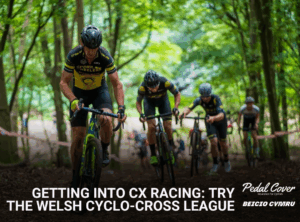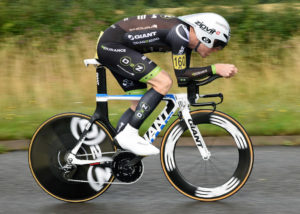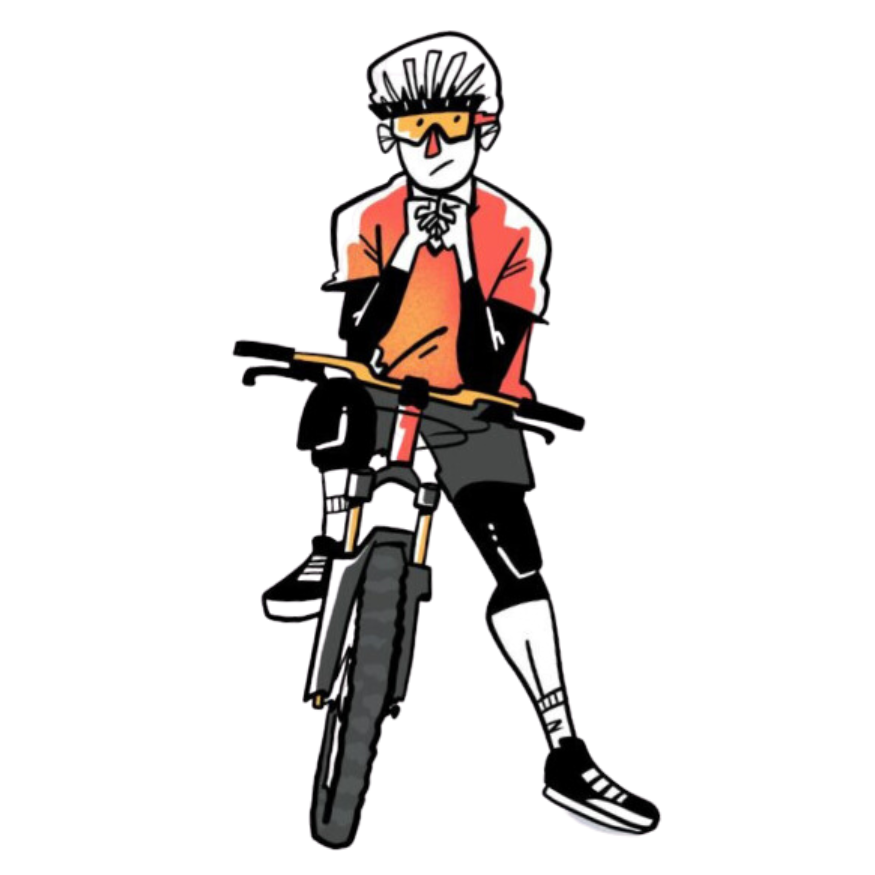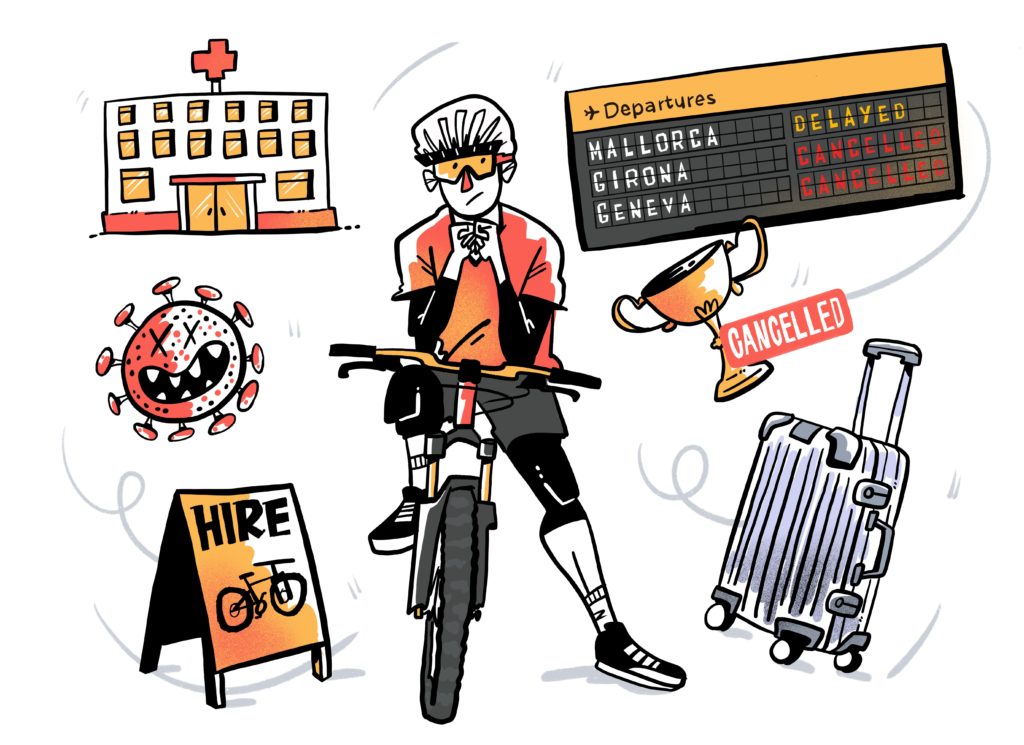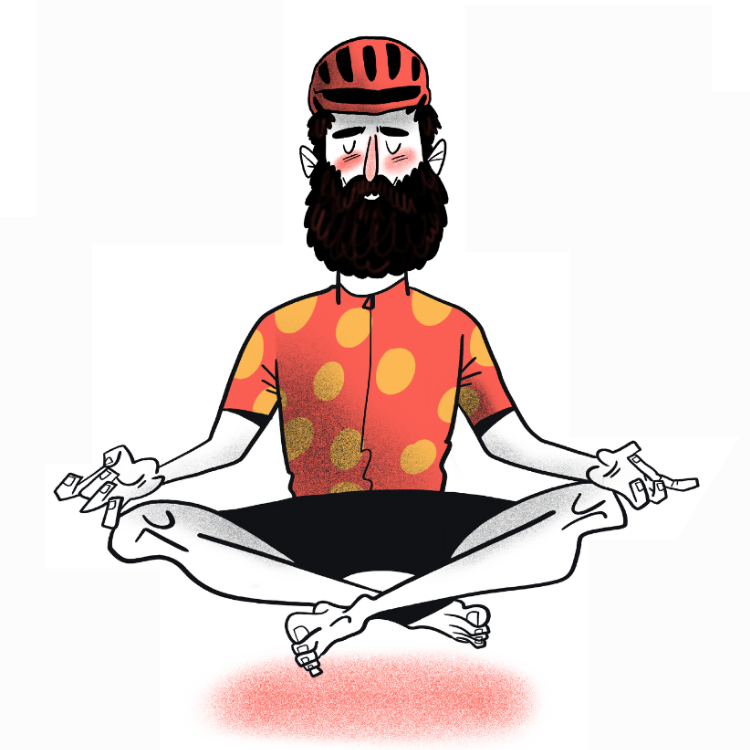We all want to get faster, whether you’re a cyclist or triathlete. The ideas behind how to train have to be understood in order to achieve this. This applies whether you’re self coached, training for fun or have a coach – you will want to understand why you’re doing what you are doing. This blog will be a general overview of how to train but won’t go deep into specifics. It is possible to write an entire book on each sub heading but this should give you a big picture view of what goes into a good training plan and how to avoid the dreaded pit of overtraining.
Aerobic base
Any event that is longer than a minute will have a large aerobic component to it. The foundation to any good training plan is establishing a good aerobic base. We have all heard the phrase “winter miles mean summer smiles and it really does hold some water. The advantages to having a large aerobic base are numerous…
- Improved mitochondrial density, this allows you to convert lactate to energy more efficiently.
- Improved VO2 max – there’s plenty of evidence to suggest training volume and VO2 max are related.
- Improved ability to recover from high intensity training.
- Better all round endurance – this means you’ll be able to race in a wider range of events.
You can get by in a number of cycling events without an amazing aerobic base. There are many ten mile time trialists that struggle with the step up to longer distances due to a lower level of general aerobic endurance and crit racers that struggle with events longer than an hour. If you want to compete in an event that’s much longer than an hour, you’ll want to focus on training that base! If you’re racing shorter events and have the bandwidth in your schedule, consider adding a few more low intensity hours in and reap the rewards of improved aerobic fitness.
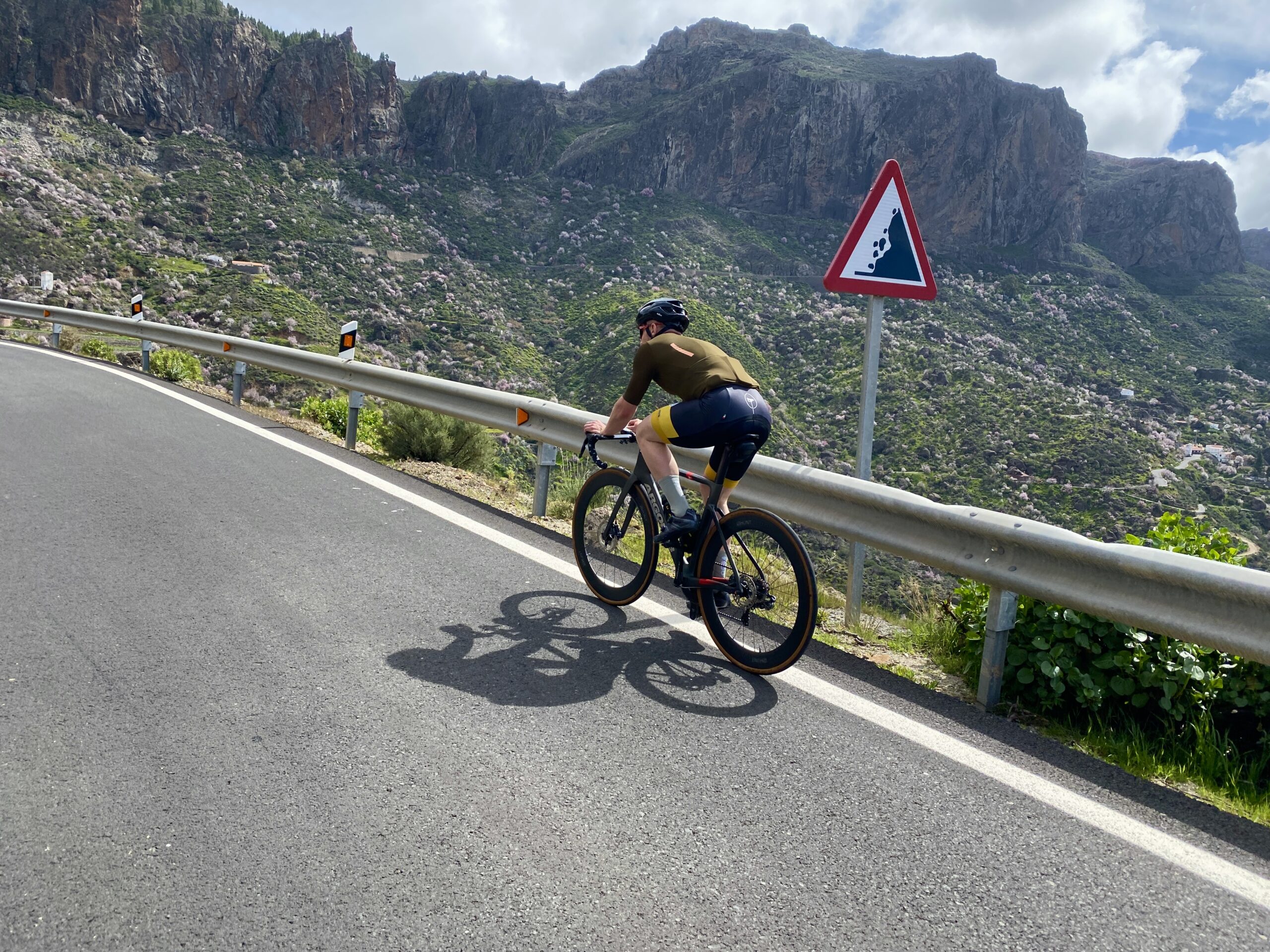
Training your energy systems
Generally speaking, cycling utilises three energy systems – oxidative, glycolytic and phosphate. These energy systems overlap somewhat and the intensity at which they kick in varies from rider to rider (and is somewhat trainable). Our fat-burning, oxidative system is what powers the low intensity stuff. This is the energy system that will kick in during easier points in a race and will power longer events like ultra-endurance riding. The way to train this is simple low intensity rides, known as ‘zone 2 training’. The second energy system is our glycolytic energy system which powers anything longer than a maximal sprint up to the long, threshold style, efforts. This system is powered by our body producing lactate and converting this into energy to be used in the muscles. Finally, we have the phosphate system which powers short, maximal sprints. This can be trained by doing maximal 5-10s sprints with long recoveries.
Progressive overload and functional overreaching
Training is a balance between overreaching and recovering. If you do too much, you will induce symptoms of overtraining. This should be avoided! The amount of training that you can handle before entering into the domain of overtraining will be proportional to your ability to recover. If you have a busy, stressful job or life away from the bike you won’t recover as fast and are much more likely to enter into overtraining.
If you can’t recover from a training session, you won’t make the biological adaptations that allow you to go faster. Overreaching slightly does induce these adaptations however, and a balance must be struck. The human body adapts to some stress but will also break under too much. We are aiming for periods of functional overreaching (creating an amount of training stress that we can handle) without entering into overtraining which will require some experimentation from athlete to athlete and listening to your body is key.
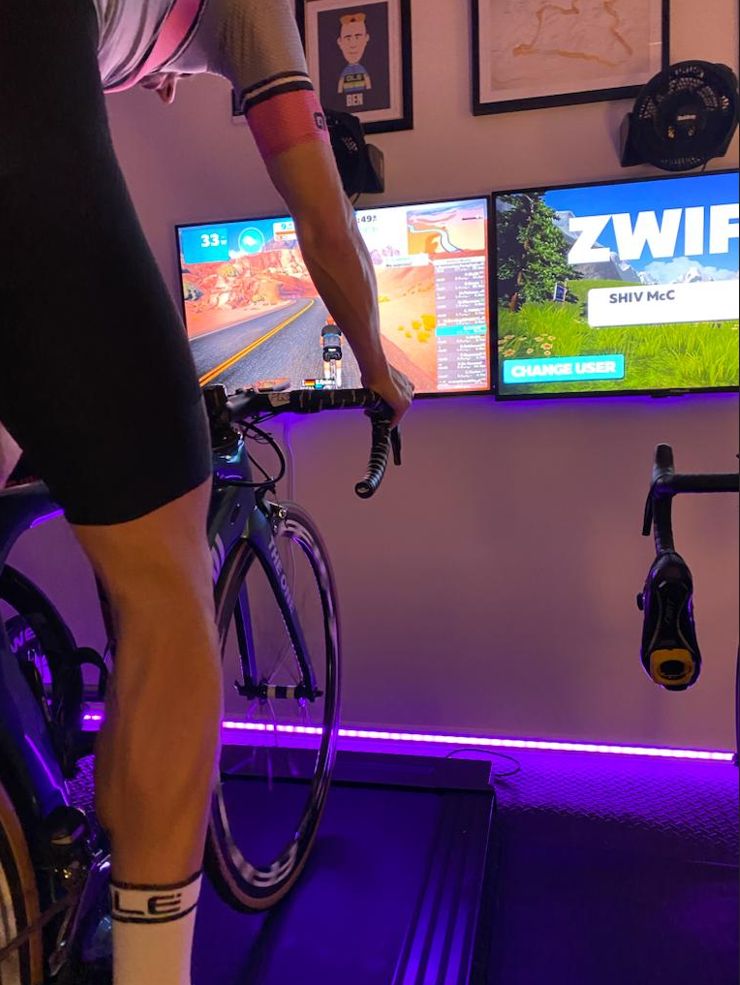
Demand oriented training
Writing an article on ‘how to train’ is difficult because the answer is always ‘it depends on what you’re training for and where you’re starting from’. This said, there’s always one principal of training to trump them all – specificity. We should always train with the demands of the event in mind.
Many athletes get lost in the cycle of training to improve physiological markers, such as their FTP or VO2 max, but a bike race isn’t usually won by the strongest person on the startline. Being the ‘fittest’ and being the athlete most able to meet the demands of the race are not necessarily the same things. For example, if a race has one short hill repeated multiple times, the athlete with the biggest threshold may get dropped if their short duration power isn’t enough to meet the power demands on the short hill.
Conclusions and key takeaways
- In order to train, you must first be aerobically fit. Achieve an aerobic base as a foundation on which to build specific fitness.
- Knowing which energy system you’re training for a given session is important. It will allow you to stay in the correct zone and achieve the adaptation you’re looking for.
- We train to make ourselves fitter, not to make ourselves tired. Functional overreaching and overtraining are different and we should be careful to avoid overtraining.
- The amount of training we can do before inducing symptoms of overtraining is proportional to the amount of rest we can have. Piling training stress on top of life stress will not end well!
- Training should be centred around the demands of the event, not arbitrary physiological markers like FTP. Specificity is one of the key principles of training.

